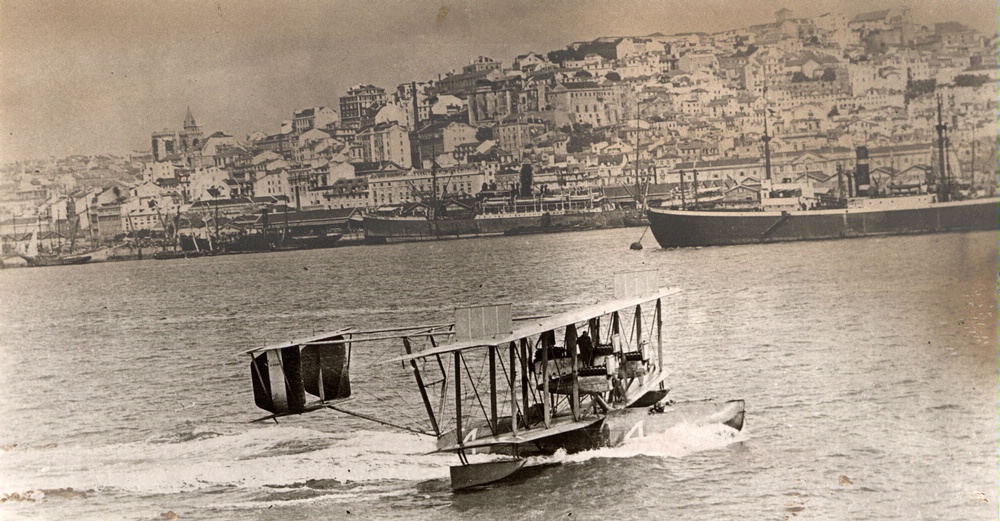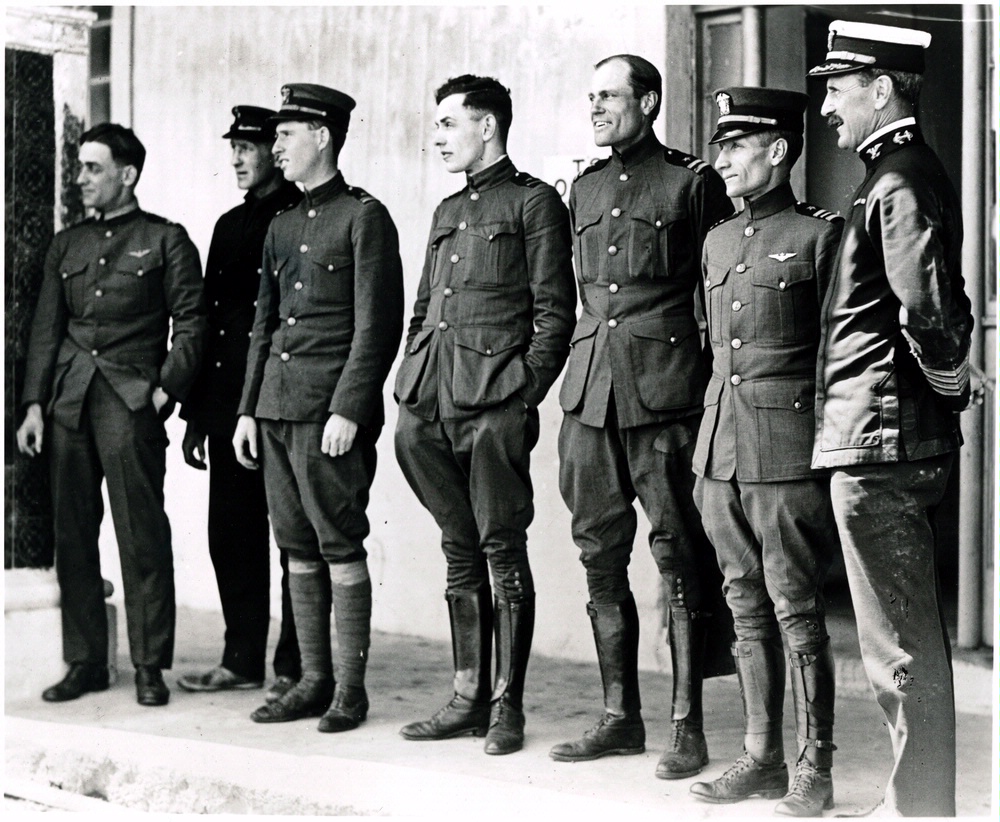The U.S. Navy achieved the first transatlantic flight eight years before Charles Lindbergh became world famous for crossing the Atlantic nonstop and alone. Three Curtiss flying boats, each with a crew of six, were involved: NC-1, NC-3, and NC-4. The Navy wanted to prove the capability of the airplane as a transoceanic weapon and technology.
The five-leg flight began on May 8, 1919, at the naval air station at Rockaway Beach, New York. It followed a route to Nova Scotia; Newfoundland; the Azores in the middle of the Atlantic; Lisbon, Portugal; and Plymouth, England. Only NC-4, commanded by Albert C. Read, flew the whole way. The entire trip took 24 days.














